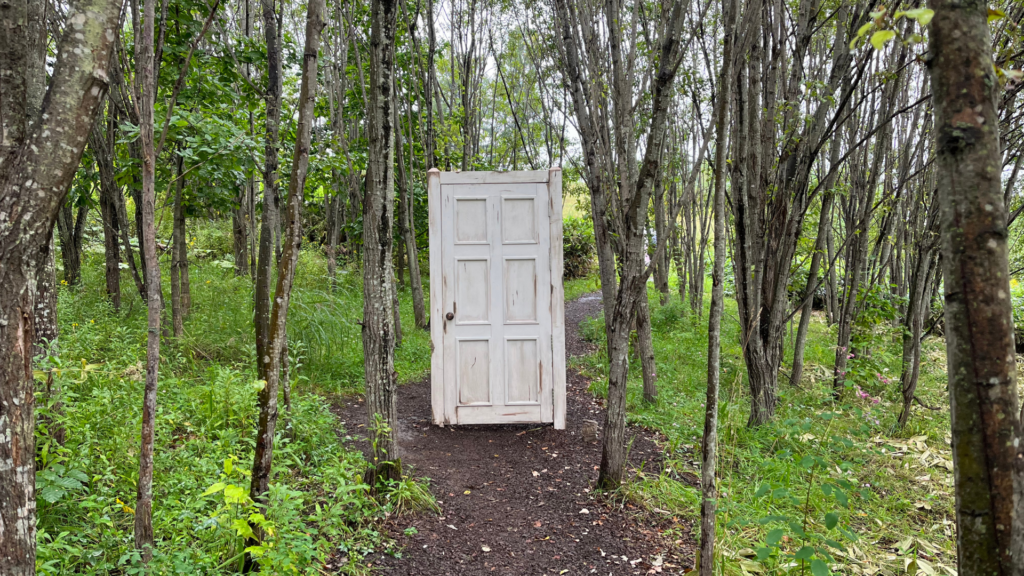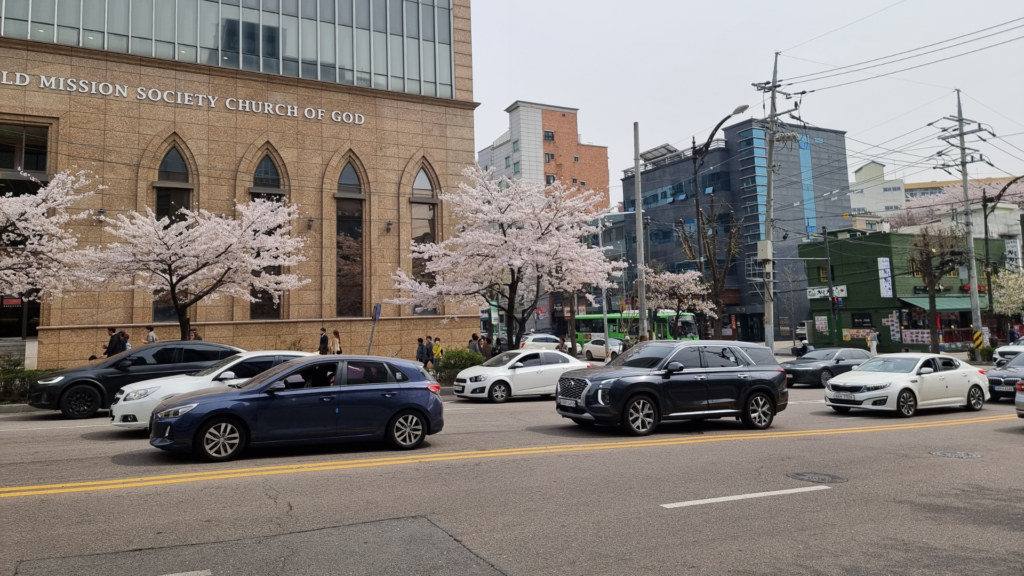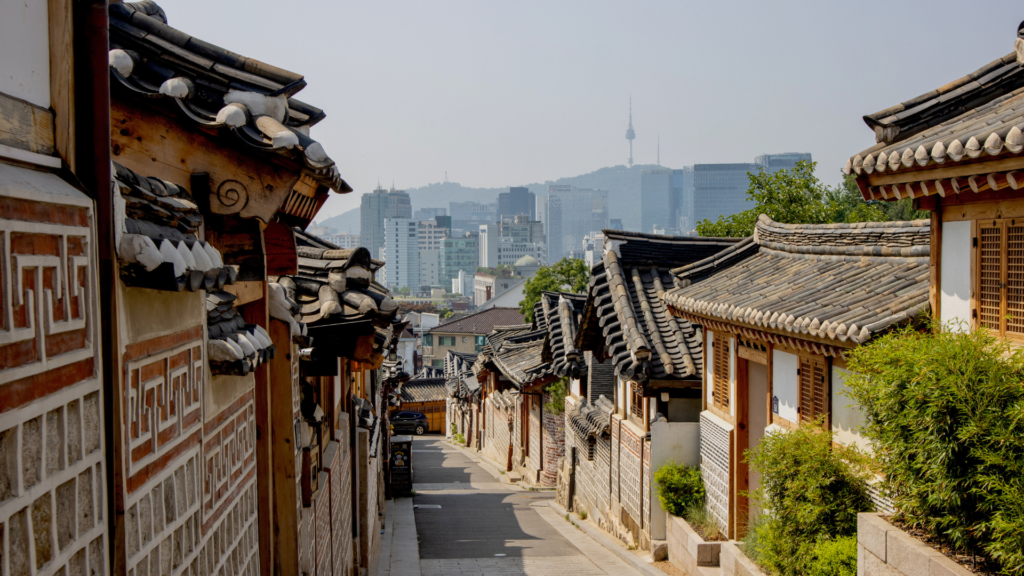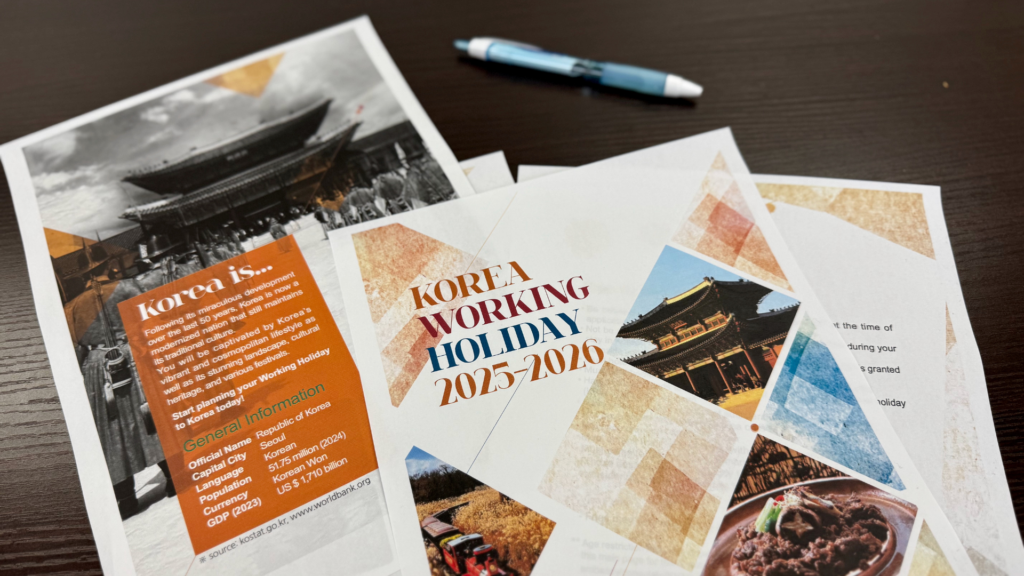Hidden deep within Gangwondo (강원도) is a small county that goes by the name of Yeongwol.
The area offers breathtaking sights for all because it is shrouded in green hills, with the Dongang (동강) snaking across the land. So, after the busy life of a metropolitan city like Seoul, Yeongwol offers an escape. Other than the flourishing natural beauty of the area, it has a history dating as far back as the Joseon (조선) era. The Jangneung (장릉) Royal Tombs house the tomb of King Danjong (단종), the 6th Joseon King. The Cheongnyeongpo (청령포) area contains the largest pine grove in Korea. King Danjong resided here before his murder at the age of 17. Beopheungsa (법흥사) is a temple built during the Silla (신라) era in 643 CE. While much of the temple was destroyed in a fire, the monks’ residence still stands.
 As an area secluded in nature, Yeongwol has minimal pollution when compared to the cities. Due to the clean air, the magic of a starlit sky on a clear night can be seen. In order to facilitate star-gazing, one can go to Byeolmaro (별마로) Astronomical Observatory. The Donggang meandering through the region is famous for the awesome scenery and the fresh water that it offers. Another important sight is Eorayeon (어라연) which is a piece of land in the middle of the river, containing pine trees from many years ago. The Gossigul (고씨굴) cave is famous for a particular stalactite found only here. Additionally, there are ponds and waterfalls present in the area adding to its beauty.
As an area secluded in nature, Yeongwol has minimal pollution when compared to the cities. Due to the clean air, the magic of a starlit sky on a clear night can be seen. In order to facilitate star-gazing, one can go to Byeolmaro (별마로) Astronomical Observatory. The Donggang meandering through the region is famous for the awesome scenery and the fresh water that it offers. Another important sight is Eorayeon (어라연) which is a piece of land in the middle of the river, containing pine trees from many years ago. The Gossigul (고씨굴) cave is famous for a particular stalactite found only here. Additionally, there are ponds and waterfalls present in the area adding to its beauty.
Yeongwol | Home to museums
Other than these natural sites, Yeongwol also contains many museums and art galleries. The Muksan Art Gallery (묵산 미술 박물관) exhibits many paintings depicting the landscape of Yeongwol around the year. The Yeongwol International Museum of Contemporary Art (영월 국제 현대 미술관) showcases a large number of sculptures from around the globe. The Museum of Manbong Buddhist Art (만봉 불화 박물관) is named after a Buddhist monk, Manbong. This museum contains his relics, and a lot of Buddhist artwork. The Joseon Minhwa Museum (조선 민화 박물관) contains folk paintings. Visitors can print and stamp traditional images on wooden fans. The Kwae Yeon Jae Ceramic Museum (쾌연재 도자 미술관) offers students a chance to learn how to make pottery. The Hoann Museum of Tea Ware (호안 다구 박물관) contains all items needed to make green tea. It also contains relics from over 3,000 years ago.
 The Museum of Musical Instruments of the World (세계 민속 악기 박물관) contains many instruments arranged according to the region they belong to. Some instruments are available for visitors to play. The African Art Museum of Yeongwol (영월 아프리카 미술 박물관) has items from different parts of Africa. Things like masks, human figures, tribal designs, and pottery help visitors understand the African culture better. The Yeongwol Religious Art Museum (영월 종교 미술 박물관) contains various artistic pieces representing events and characters from the Bible. The Bullokangsungsoo Donation Museum (불로강성수 기증 유물전시관) contains a large variety of wartime equipment and household items. These were collected by a single person and donated to this museum. There are also oriental and calligraphic paintings on display here. The Sulsaem Museum (술샘 박물관) has models of breweries and visitors can try traditional liquor and snacks.
The Museum of Musical Instruments of the World (세계 민속 악기 박물관) contains many instruments arranged according to the region they belong to. Some instruments are available for visitors to play. The African Art Museum of Yeongwol (영월 아프리카 미술 박물관) has items from different parts of Africa. Things like masks, human figures, tribal designs, and pottery help visitors understand the African culture better. The Yeongwol Religious Art Museum (영월 종교 미술 박물관) contains various artistic pieces representing events and characters from the Bible. The Bullokangsungsoo Donation Museum (불로강성수 기증 유물전시관) contains a large variety of wartime equipment and household items. These were collected by a single person and donated to this museum. There are also oriental and calligraphic paintings on display here. The Sulsaem Museum (술샘 박물관) has models of breweries and visitors can try traditional liquor and snacks.
Place full of nature
Along with the multitude of art galleries and museums, Yeongwol also offers many natural retreats such as Seogang (서강). Other places include, Gubongdaesan (구봉대산), Yeonha Falls (연하 폭포), and the Naeri Valley (내리 계곡). Many festivals are also held here, namely, Danjong Cultural Festival (단종 문화제) and the Donggang Raft Festival (동강 뗏목 축제). You can go paragliding at Bongnaesan (봉내산) or trekking around Donggang. Yeongwol is a magical place surrounded by hills and thick forests. Therefore, it is definitely a place to visit after living the busy city life.















